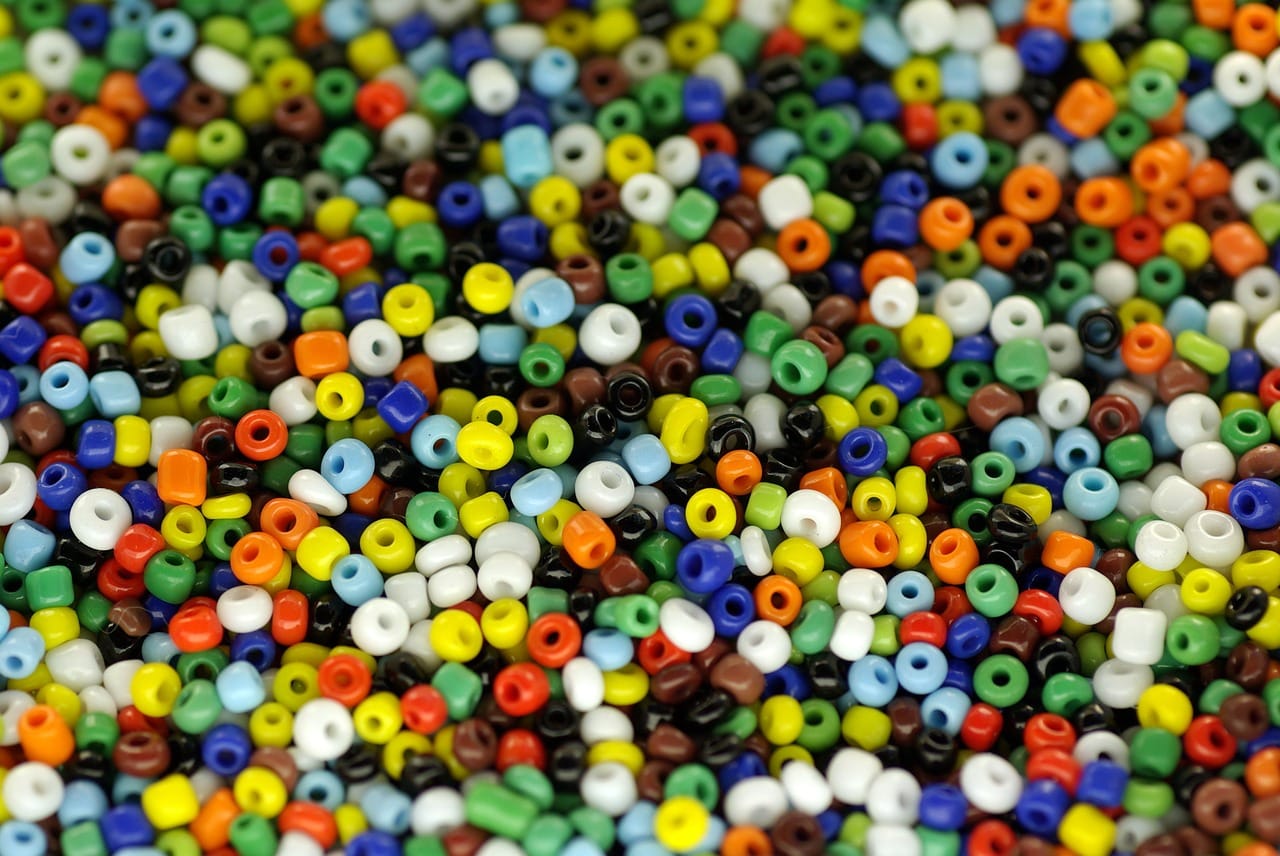
3D printers will eventually have a major challenge to overcome: printing a huge number of multiple materials.
The first 3D printers – and even many still today – are restricted to printing in a single material at a time.
While multiple material machines are very slowly becoming more available, they still are severely constrained.
Today’s multiple material machines use one of the following approaches:
- Dual (or up to six) grouped extruders, each with a different 3D printing plastic filament
- Multiple extruders feeding a single nozzle for increased reliability and the ability to potentially mix one of up to six filaments on the fly
- Pre-making a single custom filament into segments matching the material changes required during a particular print job
- Mixing liquid resins to be jetted onto a surface for UV-based solidification
And that’s about it. You can change the material easily enough on most 3D printers, but you can’t run more than a couple of materials at a time.
So what is the problem?
It’s simple. Pick up almost any object around you and take a close look at it. Count how many materials it is made from.
You will notice that it is made from many different materials. Maybe it’s only six or eight. But in the case of any thing even slightly complex, it can be vastly more.
Consider your computer mouse, for example. How many different materials are involved in making that mouse? Perhaps several different types of plastic, with a larger number of materials for the electronics.
Imagine a 3D printer capable of 3D printing that computer mouse in complete, operational form. What would it have to be able to do? How many materials would it have to accommodate?
What if that imaginary 3D printer would have to print something else besides the computer mouse? What if it needed to 3D print a desk telephone? How many more materials would be necessary?
You get the idea: today’s 3D printers are extremely constrained by materials, and even recent efforts to produce multimaterial machines is still going to be woefully short when considering the ability to print arbitrary functional objects.
How will this get rectified? I’m not sure it can, but the industry is slowly moving in that direction. New multimaterial options are better, and one could reasonably expect those paradigms to be pushed further. I could see even more complex extrusion systems involving a dozen different materials, or more.
But I think what may really be required is an entirely different 3D printing process that is far more amenable to the notion of multiple materials. One that currently does not exist.
If such a thing were invented, it could dramatical change the 3D print space and revolutionize many industries.
No doubt someone is working on this somewhere in a secret laboratory. I await announcements.

